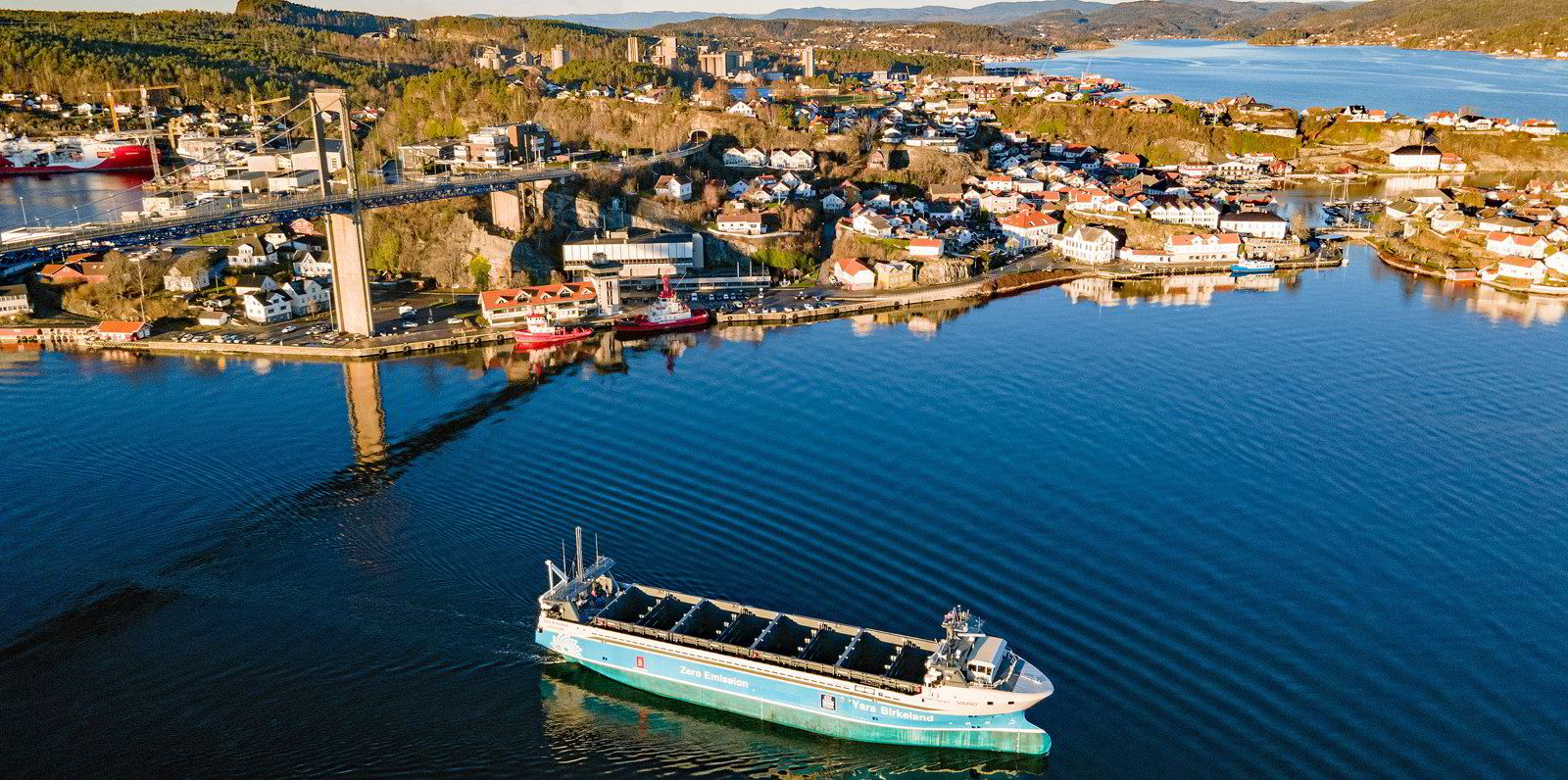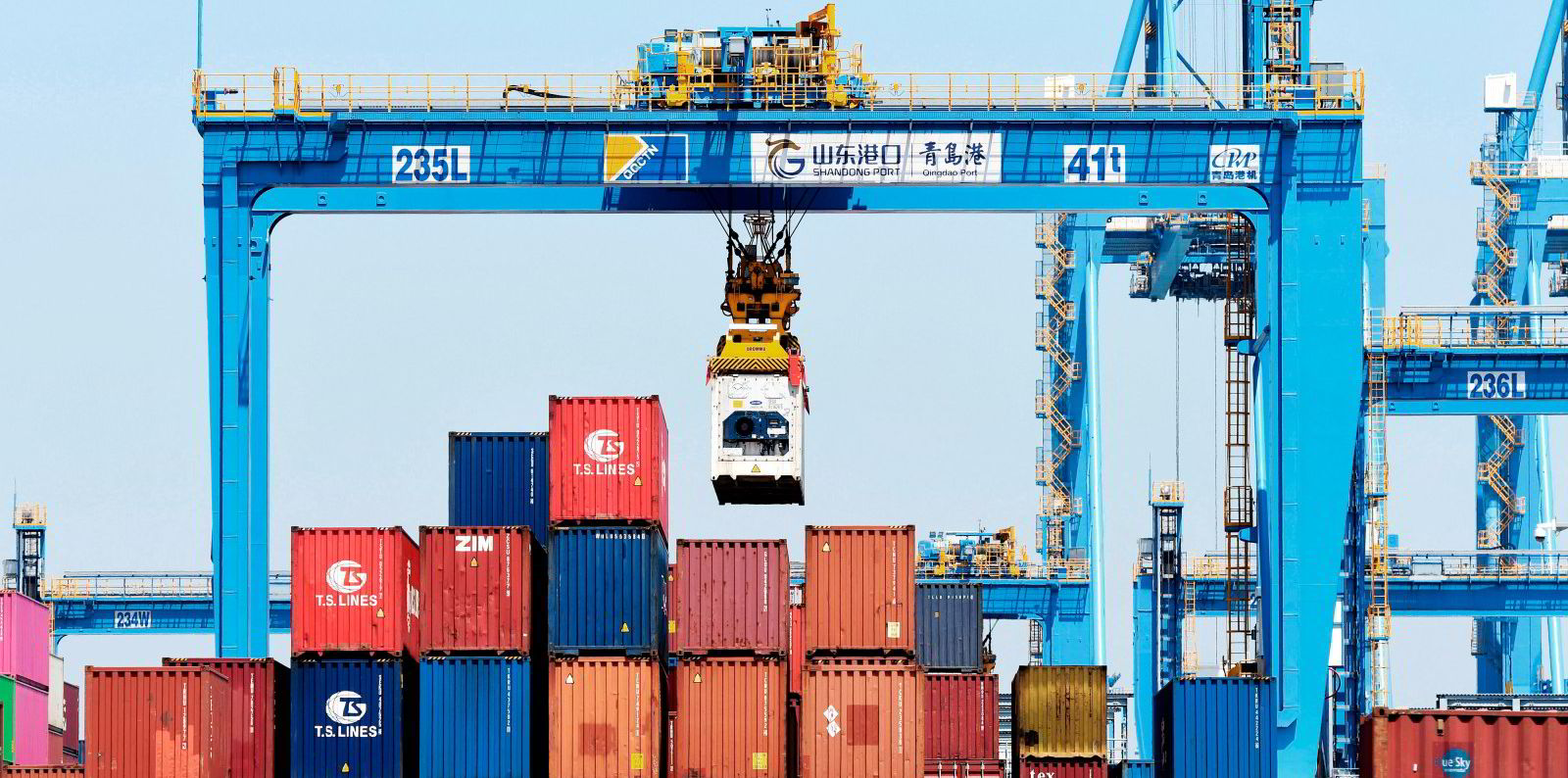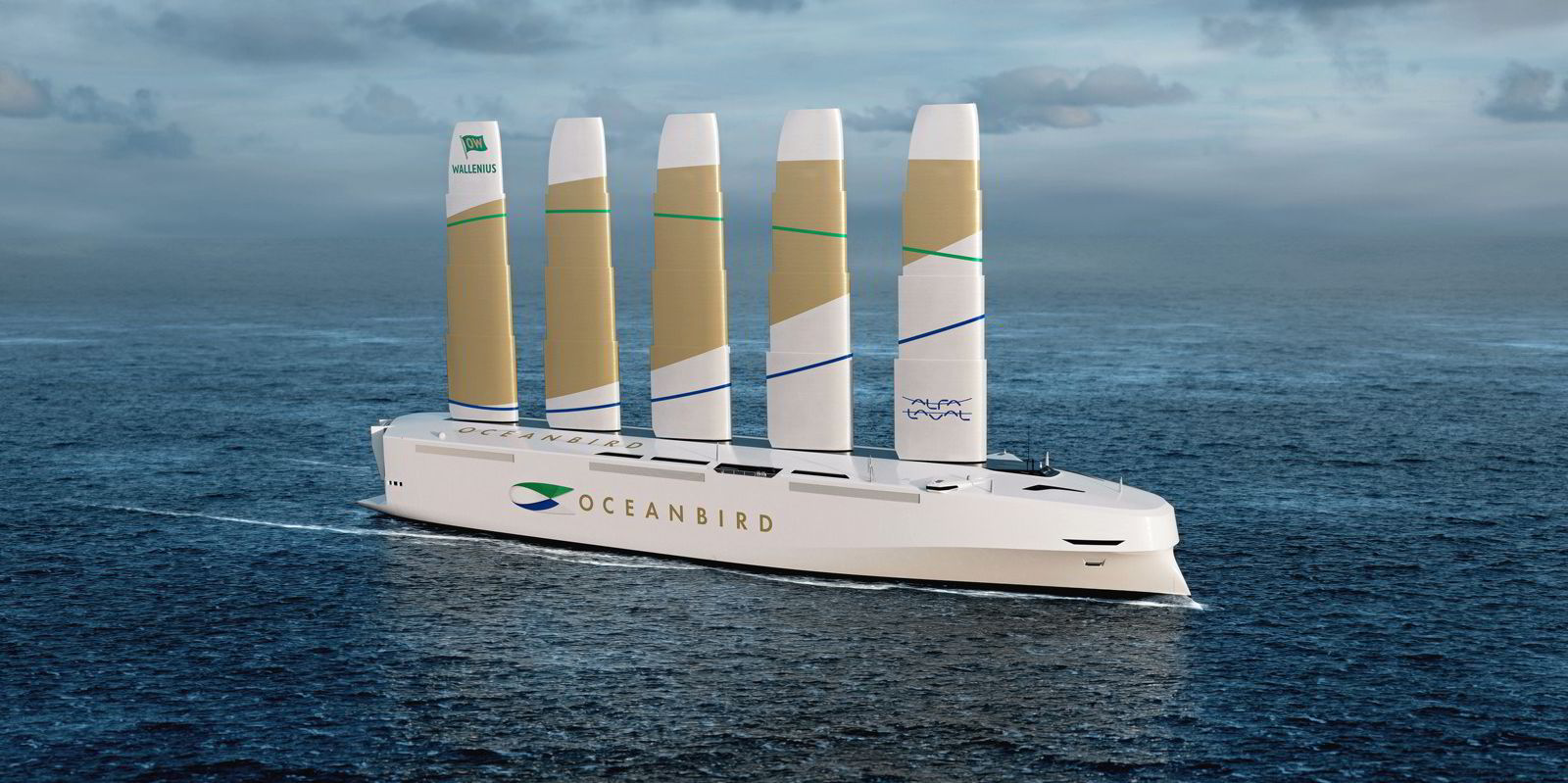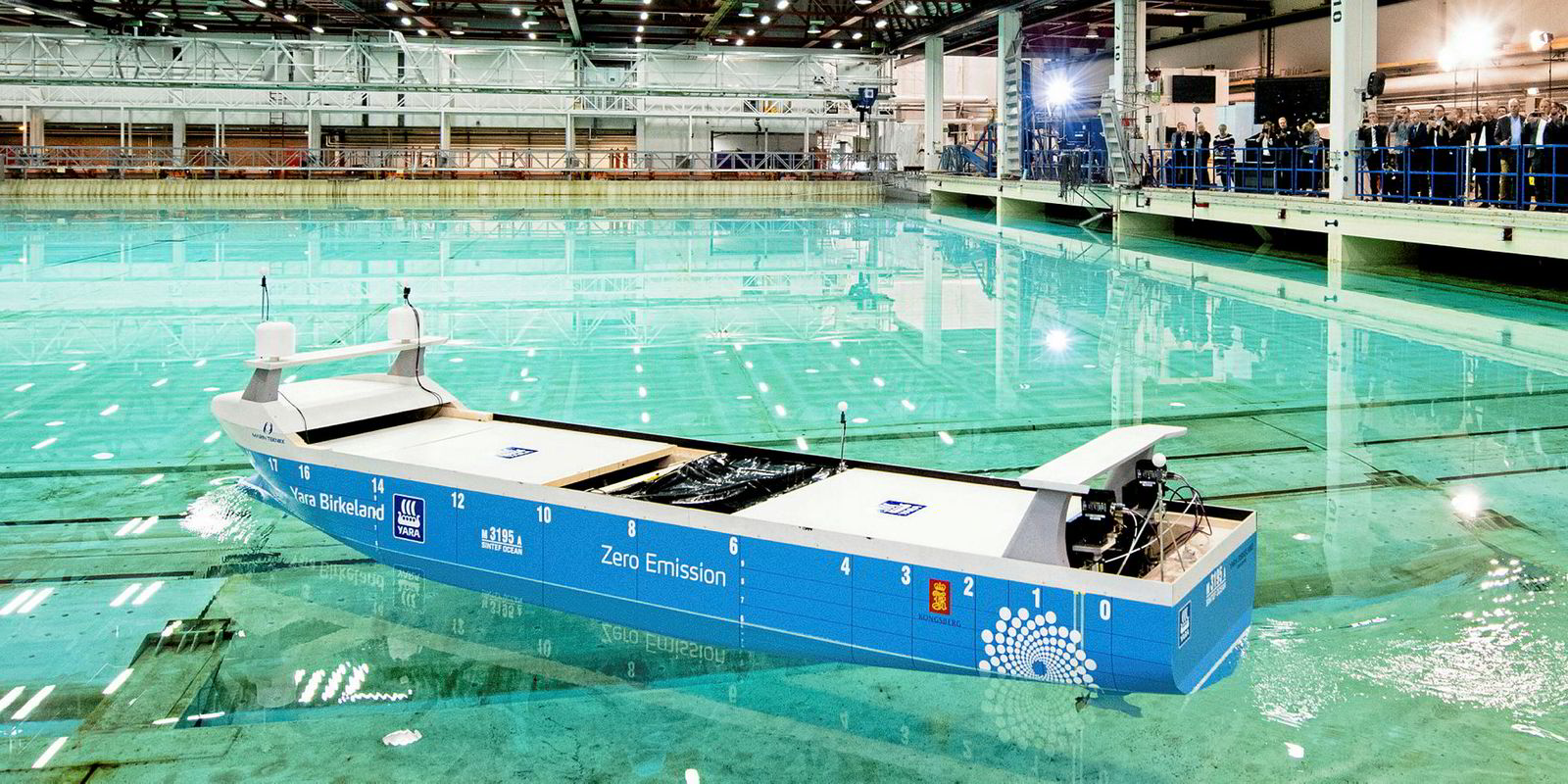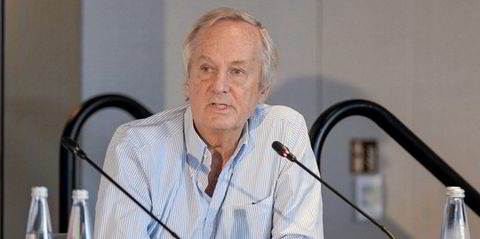Lawyer and master mariner David Handley believes autonomous systems cannot be ignored in the drive to decarbonise shipping.
The Watson Farley & Williams (WFW) expert said there is great potential for smart vessels in shortsea shipping, even if the technology may take longer to be effective in deepsea operations.
Handley told TradeWinds: "The problem with being at sea is that you're exposed to salt water."
He said that anyone up before the deck crew on a North Sea ferry will see a thick slimy layer on the hand rails, which is the salt spray.
"My personal experience is most times there has been a problem with electronics is when it's caked in salt spray," he said. "The sea is a harsh environment."
Until a way is found of protecting the sensors, autonomous shipping in the deepsea fleet is tricky, Handley argued.
But in coastal shipping, salvage teams do not have to go as far if things go wrong.
"If you have a bulker halfway across the Pacific, that's quite a trek to get it back. It's not like you can fly a helicopter out," he said.
But in the North Sea, a team can be on board in eight to 12 hours for repairs.
The lawyer believes it is interesting that the role of autonomous vessels has not been widely linked with emissions reduction efforts.
"To isolate autonomous shipping and decarbonisation is probably missing an opportunity," he said.
"The beauty of autonomous shipping is they don't necessarily have to look like ships now."
Bill Gates has said we should electrify as the solution ... the issue then is how to generate the electricity in a green way
David Handley
There is less need for accommodation blocks, for example, opening up the possibility of more space for fuel or rotor sails.
And Handley believes European "hub and spoke" shipping — in which big vessels move cargo into major ports and then feeder units ship it on — could be a way to combine autonomy and emissions reduction.
"Are we going to go to a much more modular barge arrangement, with an autonomous power unit and a number of different freight units to connect to?" he pondered.
He sees a new kind of vessel as being a "truck of the sea". After all, truck cabs can pull any size of trailer.
"A lot of the 'spokes' would be operated by electric-powered vessels," he said.
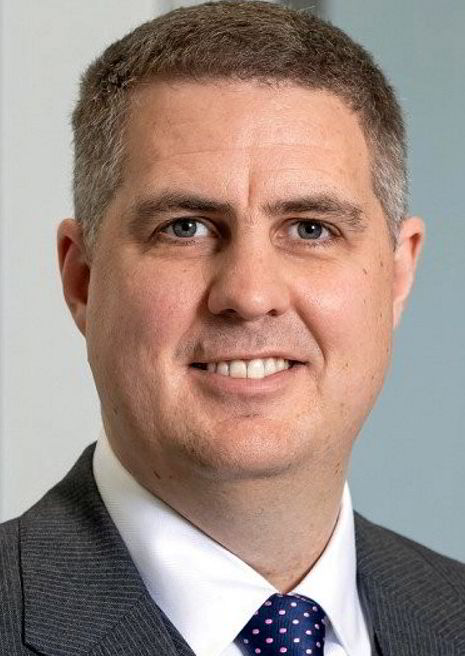
"Why wouldn't it be possible for those vessels to dock in hubs that are engineered around the North Sea to recharge?"
Handley foresees a future in which a smart container lands in Rotterdam, then feederships plan their arrival and departure based on information they have about weather and congestion.
"The problem with my concept is we work in quite a disparate industry and one that is designed to be that way," he said.
"The container alliances are also subject to European competition agencies, and rightly so. We have a free market economy and don't want monopolies."
He said conversations are often had in isolation, but autonomous shipping will come when prices have been driven down.
"If I go into the office of any owner and say, 'I can buy you one autonomous vessel for $400m or 10 normal ships', we know which one he or she is going to choose."
The master mariner also questions whether ship design could use a model from aviation, where faulty jet engines are just removed and replaced.
Space around the engine for crew may not be needed, he added, and the same goes for shaft space if propulsion becomes fully electric.
Engine leasing?
"Can you put the engine room somewhere else, can it lead to a modular approach, are we being imaginative enough about the solutions we're proposing?" Handley asked.
"Bill Gates has said we should electrify as the solution to decarbonisation. The issue then is how to generate the electricity in a green way."
Handley envisages engine manufacturers leasing propulsion modules for 10 years. The engines can then be lifted out at any point and something else put in.
This would remove some of the risk of early adoption, he believes.
